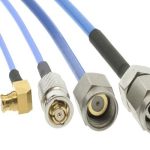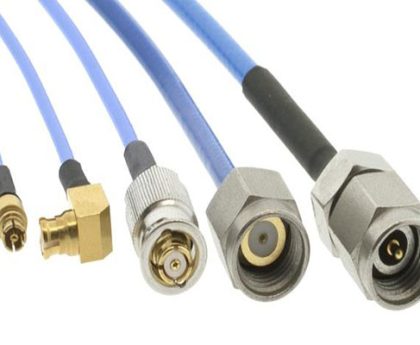Internal Input/Output (IO) copper cables are an integral part of data centers as they provide the necessary connectivity between servers, storage systems, and other networking equipment. However, there is currently a lack of standardization for these cables, which can lead to compatibility issues, confusion during procurement, and higher costs. In this post, we will explore the current state of internal IO copper cables in data centers, the benefits and obstacles of standardization, and the potential future of these cables.
The Current State of Internal IO Copper Cables in Data Centers
Internal IO copper cables are used for a variety of applications in data centers, including connecting servers to storage systems and linking switches and routers together. However, the specifications of these cables can vary greatly between different vendors and equipment manufacturers, making it difficult to ensure compatibility.
For example, different cables may have different numbers of lanes, different connector types, or different maximum data transfer rates. Additionally, some vendors may use proprietary cables that are only compatible with their own equipment, further complicating the procurement and installation process.
The lack of standardization can lead to confusion during procurement, as it can be challenging to know which cable is compatible with which equipment. It can also lead to increased costs, as data center operators may need to purchase multiple types of cables to ensure compatibility with all their equipment.
The Benefits of Standardization
Standardization of internal IO copper cables would bring several benefits to data centers. Firstly, it would simplify the design, procurement, installation, and maintenance processes. Data center operators would not need to worry about the compatibility of different cables and equipment, as all cables would be standardized and guaranteed to work together.
Secondly, standardization would reduce costs for data center operators. With standardized cables, there would be no need to purchase multiple types of cables, and vendors would be able to produce cables at a larger scale, resulting in lower costs.
Lastly, standardization would improve the overall reliability and performance of data centers. With standardized cables, there would be fewer compatibility issues and potential failures, resulting in more reliable and efficient data centers.
The Obstacles to Standardization
Despite the potential benefits of standardization, there are several obstacles to establishing standardization for internal IO copper cables in data centers. Firstly, different data center vendors and equipment manufacturers may have different requirements and priorities when it comes to these cables. This can make it challenging to develop a standard that works for all parties.
Additionally, the fast pace of technological advancements can make it difficult to establish long-term standards. New technologies and standards may emerge, making it challenging to establish a single, long-lasting standard for internal IO copper cables.
Lastly, there may be resistance from some vendors and equipment manufacturers who have invested heavily in developing their own proprietary cables. They may be reluctant to adopt a standardized cable that could potentially reduce their market share.
The Future of Internal IO Copper Cables in Data Centers
Despite the obstacles to standardization, there are currently efforts underway to develop standards for internal IO copper cables in data centers. Organizations such as the Institute of Electrical and Electronics Engineers (IEEE) and the Telecommunications Industry Association (TIA) are working towards developing standards that can be adopted by the industry.
For example, the IEEE 802.3 Ethernet Working Group is developing standards for Ethernet cables that can be used in data centers. The TIA is also working on developing standards for structured cabling systems that can be used in data centers.
Additionally, some vendors and equipment manufacturers are already adopting industry standards for their cables. For example, the Open Compute Project (OCP) has developed a standard for high-speed copper cables that can be used in data centers.
As these efforts towards standardization continue, it is likely that internal IO copper cables in data centers will become more standardized over time. However, it is important to note that standardization may not happen overnight, and it may take some time for the industry to adopt and fully implement these standards.
Conclusion
The lack of standardization for internal IO copper cables in data centers can lead to compatibility issues, confusion during procurement, and higher costs. However, standardization can bring several benefits, including simplified design and procurement processes, lower costs, and improved reliability and performance.
There are currently efforts underway to develop standards for internal IO copper cables in data centers, with organizations such as the IEEE and TIA leading the way. As these efforts continue, it is likely that internal IO copper cables will become more standardized in the future, but it may take time for the industry to fully adopt these standards.
In the meantime, data center operators should carefully consider the compatibility of different cables and equipment before making purchasing decisions. They should also stay informed about the latest industry standards and developments, and be prepared to adapt as the industry evolves.
What do you think about the future of standardization for internal IO copper cables in data centers? Do you think it will happen soon, or will it take more time for the industry to adopt these standards? Share your thoughts and experiences in the comments section below.




